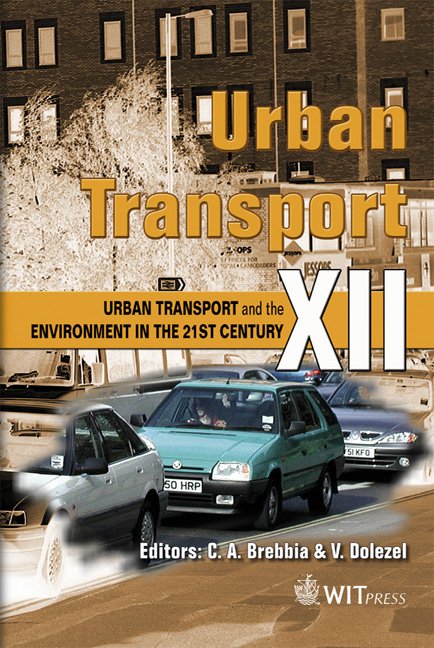Estimation Of Rutting Characteristics Of Waste Tire Rubber-modified Asphalt Binder Using GPC
Price
Free (open access)
Transaction
Volume
89
Pages
11
Published
2006
Size
966 kb
Paper DOI
10.2495/UT060461
Copyright
WIT Press
Author(s)
K. W. Kim, S. Lee & S. N. Amirkhanian
Abstract
The asphalt binder is modified using the crumb rubber from scrap tires to improve its performance in the pavement on street and highways in an urban area setting. In this study, the rutting resistance index (G*/sin δ) and chemical composition of rubber-modified binders (RMB) were evaluated using a dynamic shear rheometer and a gel-permeation chromatography system respectively. A source of PG 64-22 asphalt was used for preparing a total of 12 RMB binders. Routine Superpave binder testing was carried out; RMB as the original binder and then RTFO-aged binder as RTFO in DSR test at high temperatures. From chromatogram data, the correlation of large molecular size (LMS) with G*/sin δ was evaluated by service temperatures, 70 and 76oC. A significant correlation was found between LMS and G*/sin δ. The size and type of CRM were significant factors affecting the rheology of the binders. The values of G*/sin δ could be estimated using LMS and CRM size by temperature with R2 of over 0.92 by the developed prediction model. Keywords: asphalt, pavement, chromatogram, scrap tire, rheology, rutting. 1 Introduction Rutting or permanent deformation is a serious distress mechanism in the street pavements in urban areas around the world. The premature distress, compared with rural areas, in various forms occurring in urban pavements due to heavy volume of traffic and congestion requires more and costly maintenance work. The premature distress, sometimes, creates congestion of traffic due to the
Keywords
asphalt, pavement, chromatogram, scrap tire, rheology, rutting.





